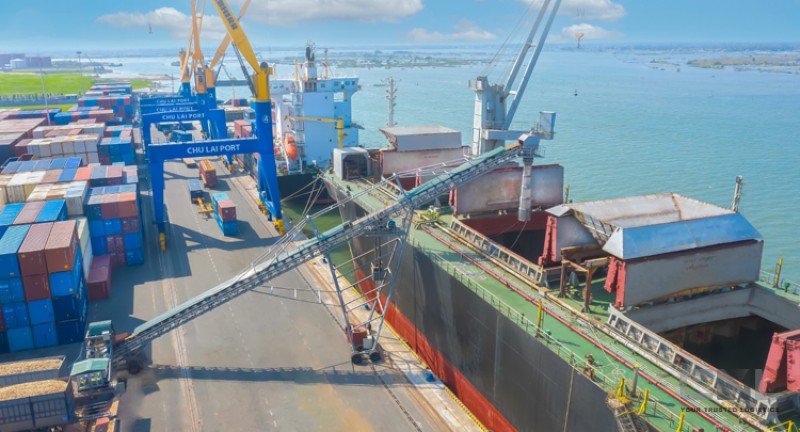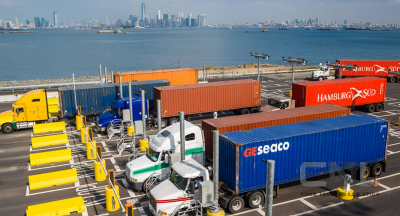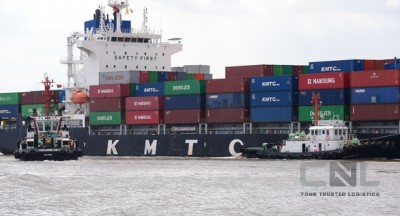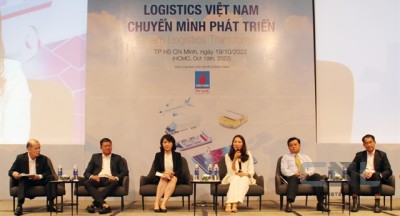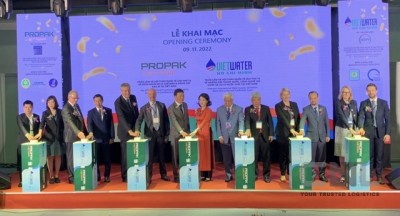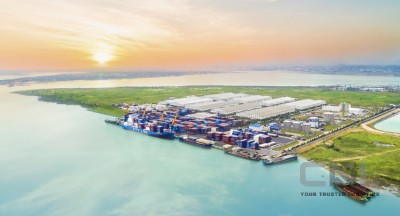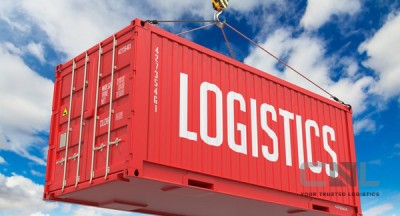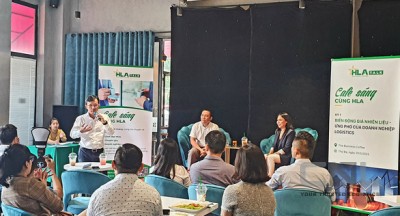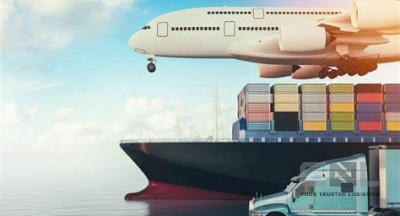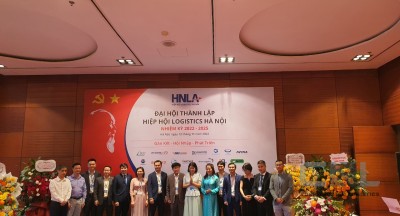Enterprises believe that there should be mechanisms and policies to promote investment in border areas; At the same time, it is necessary to focus on investing in the development of transport infrastructure and smooth connectivity for trade.

workshop on promotion and promotion of the development of Vietnam's border trade infrastructure in the province. Photo: Bui Giang /VNA
On 9/11, Long An Department of Industry and Trade in collaboration with Kien Tuong Town People's Committee organized a workshop on promoting and promoting the development of Vietnam's border trade infrastructure in the province with the participation of representatives of many enterprises operating in the field of production, trade, investment...
At the workshop, representatives of departments, branches and localities gave an overview of the current state of border infrastructure of Long An province; a list of border trade projects that need to call for investment; the situation of cross-border import and export activities...
Expressing their opinions at the workshop, enterprises said that there should be guidelines, mechanisms and policies to promote investment in border areas; At the same time, it is necessary to focus on investing in the development of synchronous and smoothly connected transport infrastructure to create favorable conditions for trade and travel; develop a variety of accompanying services to attract socio-economic development, attract goods for trade through border gates in the area.
Ms. Huynh Thi Kim Huyen, representative of San Ha Co., Ltd. proposed that businesses want to have more affiliate programs to learn about the cultural and social environment of your country; have programs to encourage and support enterprises in investing in various types of services at the border gate. In addition, it is necessary to have information channels to support businesses in understanding market needs, supporting import and export activities...
According to Ms. Chau Thi Le - Deputy Director of Long An Department of Industry and Trade, the workshop was organized to create basic solutions and promptly meet the orientation of socio-economic development of the border area to become a dynamic economic area. Thereby, exploiting the potential of land to develop into a high-tech agricultural production area, forming and developing industrial zones, clusters, logistics centers along the border, building and developing the border gate economy...
Long An is considered to have many potentials and advantages for economic development in the border area with 133 km of border line adjacent to 2 provinces of Svây Private and Prây-Veng of the Kingdom of Cambodia. Long An border gate economic zone is planned with an area of more than 13,000 hectares as an important economic corridor, a trade hub in Dong Thap Muoi region associated with trans-Asian transport routes.
exploiting the potential to develop into a high-tech agricultural production area; The border gate economic zone has become an important nucleus to promote the socio-economic development of Long An province and the Mekong Delta region through promoting industrial production, trade and trade cooperation between Vietnam and Cambodia.
Bùi Giang/TTXVN - bnews.vn
